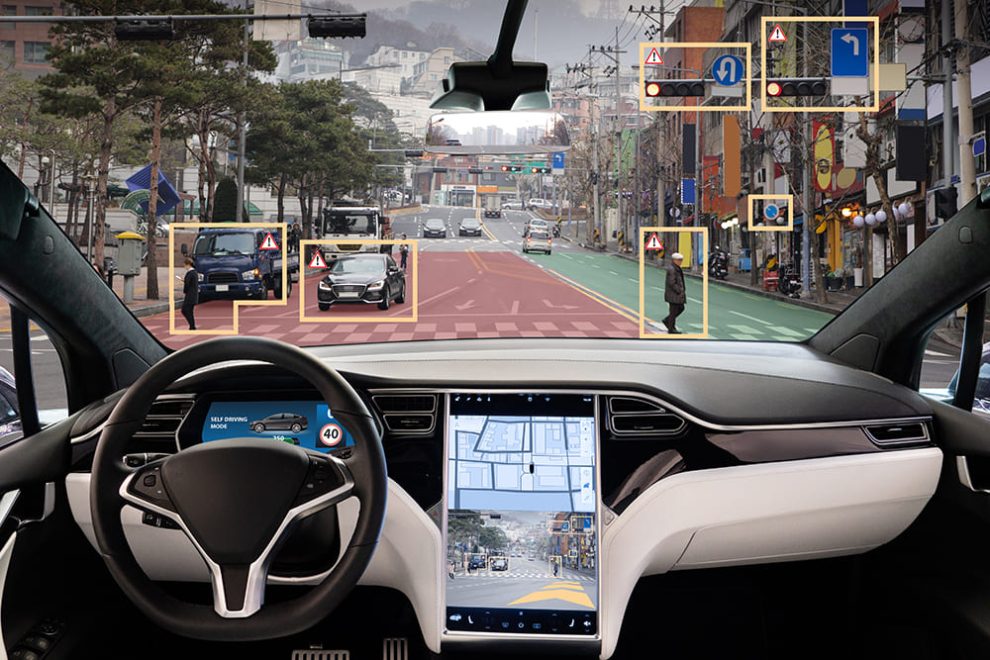The promise of self-driving cars seems tantalizingly close, yet a crucial hurdle remains: adequately preparing for the unexpected. Real-world testing, while essential, comes with limitations. Dangerous or rare scenarios are ethically and logistically challenging to replicate. This is where synthetic training environments step in, offering a virtual proving ground to push the boundaries of self-driving car capabilities.
Why Synthesize? The Edge Case Challenge
Imagine a car encountering a fallen tree blocking the road at night, or a child chasing a ball into traffic. These edge cases, unpredictable and potentially dangerous, are difficult to capture in real-world testing. But they’re critical for training self-driving cars to handle the diverse and dynamic nature of the real world.
Synthetic environments address this challenge by:
- Generating infinite scenarios: From dense fog to sudden downpours, simulations can create an endless variety of situations, far exceeding the scope of real-world testing.
- Safely exploring the dangerous: Simulating risky scenarios eliminates the ethical concerns and potential hazards associated with real-world testing.
- Precise control of variables: Every aspect of the environment, from weather conditions to pedestrian behavior, can be meticulously controlled and adjusted for targeted testing.
Building the Virtual World: Key Ingredients
Crafting a realistic and effective synthetic environment requires several key ingredients:
1. High-fidelity 3D environments: From bustling cityscapes to winding rural roads, these environments need to be visually and physically accurate, replicating the textures, lighting, and even the subtle nuances of different terrains.
2. Diverse and dynamic actors: Realistic simulations involve not just static scenery, but also a myriad of moving objects like vehicles, pedestrians, and animals. Their behavior needs to be unpredictable and varied, mimicking the real world’s chaos.
3. Accurate sensor simulation: Self-driving cars rely on various sensors, from LiDAR to cameras. Simulations need to accurately depict how these sensors would perceive the virtual world, including sensor noise and limitations.
4. Advanced physics engines: Realistic physics govern object interactions and movement within the simulation. Accurate physics ensure that simulated scenarios unfold realistically, mimicking real-world dynamics.
Pushing the Boundaries: Advanced Techniques
Beyond the fundamentals, researchers are exploring several advanced techniques to further enhance the effectiveness of synthetic training:
- Procedural generation: Algorithms can automatically generate vast and diverse environments, saving time and resources compared to manual creation.
- Adversarial training: The self-driving car’s decision-making can be challenged by intentionally introducing misleading or ambiguous situations within the simulation.
- Transfer learning: Knowledge gained from synthetic training can be transferred and refined through real-world testing, creating a synergistic training approach.
The Road Ahead: Challenges and Opportunities
While synthetic training holds immense promise, there are still challenges to overcome:
- Data bias: Simulations can inherit biases from the data used to create them, potentially leading to unsafe behaviors in specific scenarios.
- Generalizability: Transferring skills learned in simulation to the real world remains a crucial hurdle.
- Explainability: Understanding how self-driving cars make decisions in complex simulated scenarios is crucial for ensuring safety and trust.
Despite these challenges, the potential of synthetic training environments is undeniable. By continuously improving the realism and diversity of these virtual worlds, we can equip self-driving cars with the adaptability and robustness needed to navigate the unpredictable roads of the real world.
















Add Comment